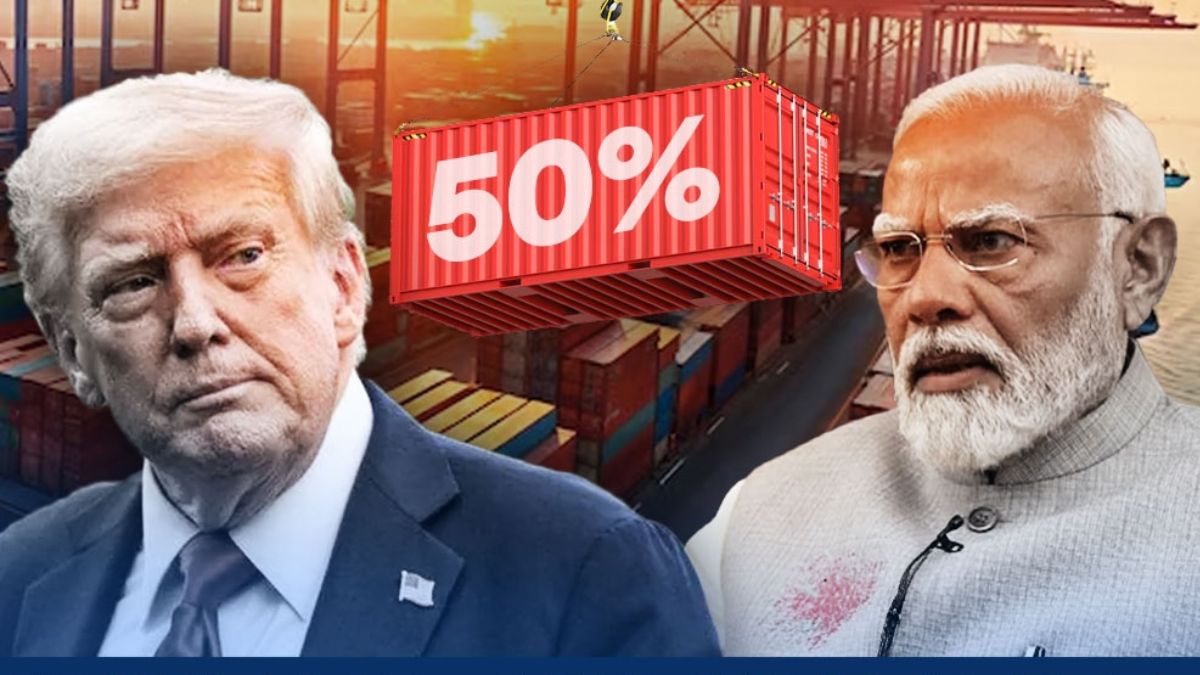India’s resilient domestic economy along with a smaller-than-feared decline in exports is giving New Delhi greater bargaining power in its trade negotiations with the United States, which has imposed tariffs of up to 50 per cent on Indian goods, according to Reuter’s report.
Indian exports to the US fell 8.6 per cent year-on-year to $6.3 billion in October, the second month under the 50% tariff regime. However, the drop was milder than the 12 per cent contraction recorded in September.
India refuses to rush to sign a deal
Trade talks between India and the US have continued at a slow pace even as other Asian economies such as Japan and South Korea have already reached agreements to reduce tariffs. Indian officials have repeatedly said publicly that New Delhi will not rush to sign a deal.
“For now, we’ve avoided the worst impact of the 50% US tariffs,” a senior government official aware of the talks told Reuters, declining to be identified as the person was not authorised to speak to the media.
While some sectors such as textiles have reported a fall in U.S. orders, the official said, the broader economic impact of the tariffs has been limited, allowing negotiators space to reach a deal.
“If needed, we are ready to wait,” the official said.
The official, and others aware of the trade talks, said they expect Washington to roll back the 25% tariff linked to Russian oil purchases, and eventually move toward a 15% overall rate, with New Delhi prepared to cut its own import tariffs on over 80% of goods while protecting sensitive sectors like agriculture.
Export diversification
The government is helping exporters diversify into new markets through recent new trade deals with the U.K., UAE and Australia, tax cuts on raw materials and a $5.1 billion support package to boost exports, officials said.
Many exporters have cushioned the fall in exports to the US since September by diversifying into African and European markets and retaining U.S. clients with discounts and longer delivery timelines, five exporters and industry associations said.
Quick Reads
View AllApparel and footwear firms are absorbing costs up to 20% to retain U.S. buyers, said Ajay Sahai, director general of the Federation of Indian Export Organisations.
The government and the central bank have announced targeted relief, including short-term loan moratoriums, but avoided large fiscal easing.
Tax cuts and incentives support exporters
Domestic tax cuts on hundreds of consumer items since September are boosting local demand and helping exporters stay competitive, trade associations and officials say.
Also, tax cuts on inputs like man-made fibres have aided textile exporters, said N Thirukkumaran, general secretary of the Tirupur Exporters’ Association.
Exporters are offering 10–20% discounts on garments depending on style and shipment size, he said.
India’s economy grew an annual 7% in the July-September quarter and is expected to expand 6.8% in the financial year, according to the central bank.
However, exporters said that pressure from over-capacity in China is proving to be tough to manage, with cheaper Chinese goods flooding a number of the markets they compete in.
“Chinese businesses are well-entrenched and their domestic situation has made them highly competitive,” said Rahul Tikoo, CEO of Optime, a Mumbai-based speciality chemical maker.
India’s goods exports to non-U.S. markets fell 12.5% year-on-year in October, a sharper drop than to the U.S, led by weaker engineering, petroleum and jewellery shipments.
“This may reflect heightened competition in non-U.S. markets as countries diversify exports post tariff announcements,” HSBC chief India economist Pranjul Bhandari said.
With inputs from agencies
)